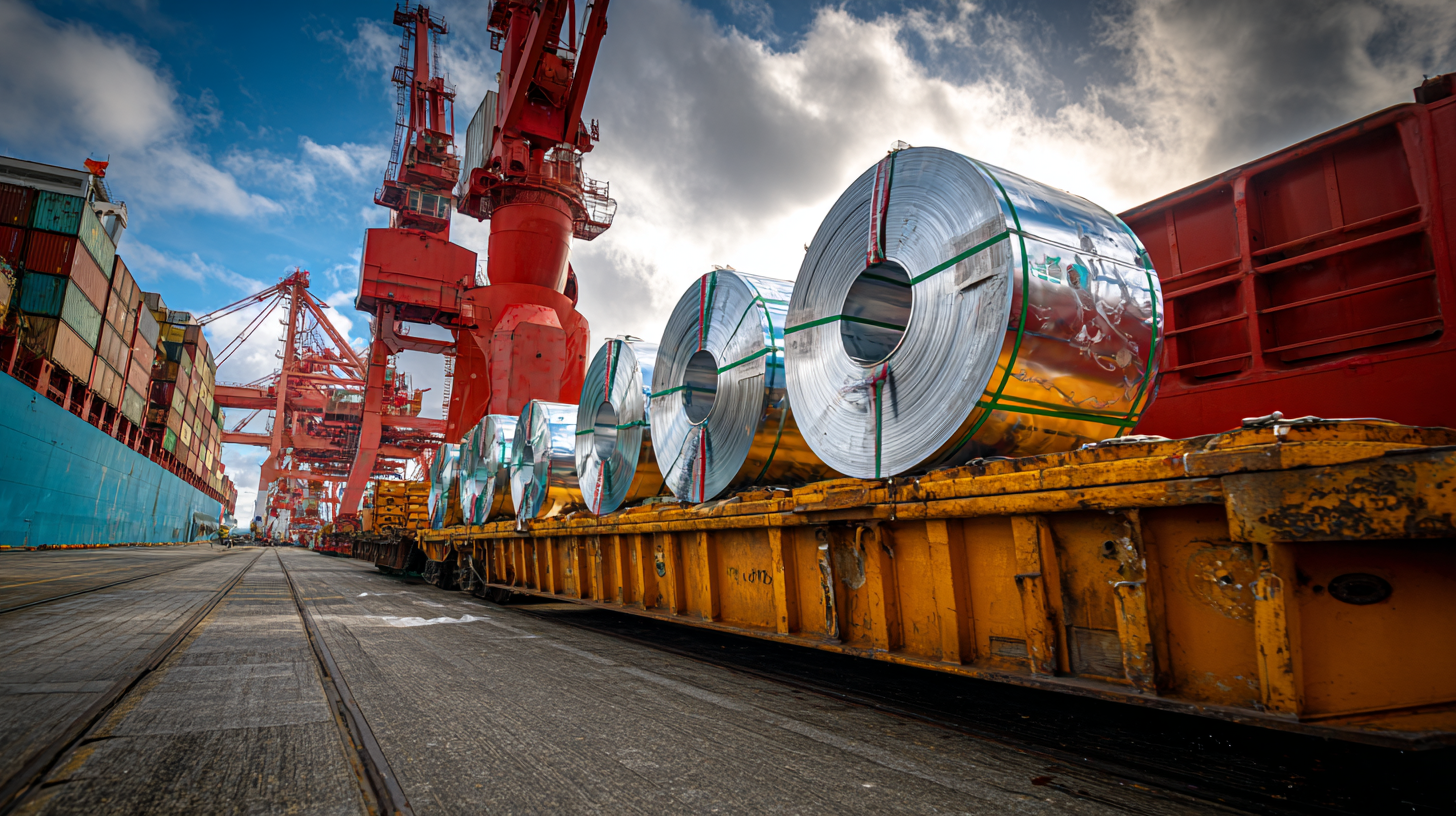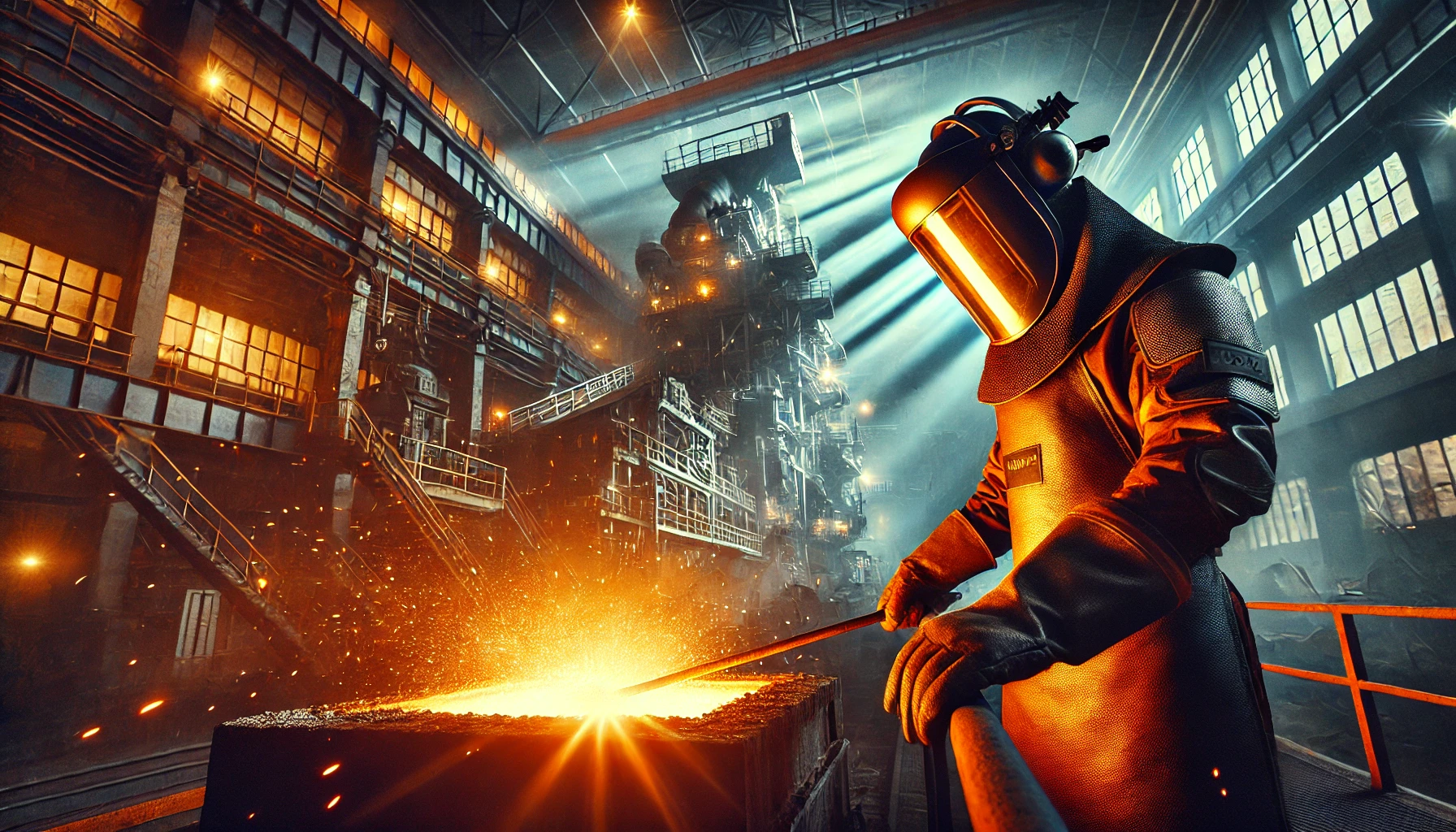Aluminum prices surged to their highest level since May 2022, driven by supply constraints in China and renewed optimism for global demand following a tentative trade truce between the United States and China. In October alone, aluminum climbed more than 7%, marking its strongest monthly performance in over a year. The rally highlights the market’s sensitivity to geopolitical developments, production policies, and shifts in industrial demand.
China, the world’s largest aluminum producer, has implemented state-imposed production limits that are gradually tightening supply. At the same time, demand is rebounding across major sectors such as construction, automotive, and consumer goods. This combination of constrained supply and recovering demand is putting upward pressure on aluminum prices, as buyers compete for a limited quantity of the metal both domestically and internationally.
The recent easing of US-China trade tensions has further strengthened market sentiment. The two countries reached a broad agreement, with many points of contention scheduled to be revisited in a year. For now, the truce reduces uncertainty in global trade, allowing companies to plan production and investments with greater confidence. The temporary stability in trade relations has provided support for metals markets, contributing to optimism over future aluminum demand.
However, there are still risks to consider. Economic activity in China has shown signs of slowing. A private manufacturing survey indicated a sharper-than-expected contraction in October, while the country’s official factory gauge recorded its longest streak of declines in more than nine years. Slowing industrial activity could moderate aluminum demand growth, introducing a measure of caution to the current rally. Investors are carefully weighing the benefits of tighter supply and improved trade conditions against the potential impact of a softening Chinese economy.
On the London Metal Exchange, aluminum futures rose 0.6% to settle at $2,902 per metric ton, while other metals experienced mixed results, with copper down 0.3% and zinc up 1.5%. These movements demonstrate the nuanced responses of commodity markets to global trade developments, policy changes, and economic indicators.
For small-cap companies in the aluminum and broader metals sector, the price rally could have both opportunities and challenges. On the positive side, higher aluminum prices can lead to improved revenue and margins for producers, particularly for smaller companies that are more agile and able to respond quickly to market conditions. Small-cap aluminum suppliers and processors could see increased demand from industrial buyers looking to secure supply before prices climb further. Additionally, renewed investor confidence in metals markets could lead to greater access to capital for smaller firms seeking expansion or modernization projects.
However, there are also risks. Smaller companies often operate with thinner cash reserves and less diversified customer bases, which can make them more vulnerable to price volatility. Rapid increases in aluminum costs may also raise input expenses for downstream small businesses, such as fabricators or specialty alloy producers, potentially squeezing margins if they cannot pass costs onto customers. Moreover, any renewed trade tensions or a slowdown in China’s industrial sector could disproportionately impact smaller firms, as they may have less capacity to absorb shocks compared to large multinational producers.
Overall, aluminum’s rise reflects broader trends in the metals market, where production policies, geopolitical developments, and economic forecasts converge to shape pricing and investor behavior. As China’s production limits take effect and global demand outlooks improve under calmer trade relations, aluminum could maintain upward momentum in the near term. For small-cap companies, navigating this environment successfully will require strategic management of supply contracts, pricing, and operational efficiency. The current three-year high underscores aluminum’s central role in global industry and the market’s responsiveness to policy and economic signals.


